K.C. Cole is an award-winning science writer, whose 1998 book The Universe and the Teacup—The Mathematics of Truth and Beauty, I typically found at a used book sale. 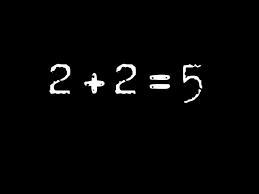 My wife chided me that it could now have only antiquarian interest. But I figured mathematics can’t have changed that much in 16 years. Two and two still make four, no?
My wife chided me that it could now have only antiquarian interest. But I figured mathematics can’t have changed that much in 16 years. Two and two still make four, no?
The book broadly (and somewhat poetically) talks about the intersection between mathematics and life. It has some good stuff. One chapter discusses how goofy our risk perceptions can be. People worry about pesticide residues on fruit (annual U.S. death toll: zero) but not going for a drive (death toll: 30,000). Similarly, those terrified of child abduction drive kids to school – exposing them to the vastly greater auto accident risk. (All this echoed the “Freedom from Fear” chapter in my own very excellent book, The Case for Rational Optimism.)
However, not only did I also find some things I disagreed with, but some major bloopers.
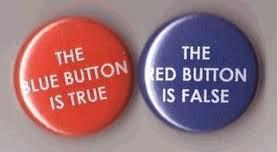

Then Cole says a googolplex is “a googol multiplied by itself a hundred times.” I’m no award-winning science writer, but even I knew this is wrong. (To confirm that, I googled it, of course.)
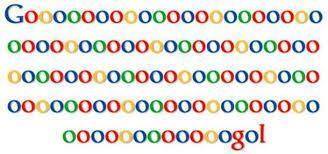
These are very big numbers. Cole observes that we have trouble grasping how much bigger a billion is than a million, or a trillion than a billion. A billion is 1 followed by nine zeroes; a trillion by 12 zeroes; a quadrillion by 15 zeroes, and so on, for every three zeroes, through quintillion, sextillion, septillion, etc., each a thousand times bigger than the last. But we run out of those “illion” names long before reaching the end of all hundred zeroes in a googol.
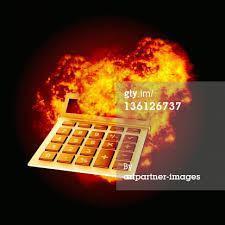
First, 10 to the googol power is, again, 1 followed by a googol zeroes. So the number of zeroes in that number is 1 followed by 100 zeroes. Got that?
Next let’s look at Cole’s googol to the hundredth power. A googol has 100 zeroes. Multiply it by itself once and you get a number with 10,000 zeroes. Twice, and it’s 1,000,000 zeroes. Each multiplication increases the number of zeroes by 2. So doing it 100 times yields 200 zeroes – that is, a number whose number of zeroes is 1 followed by 200 zeroes.
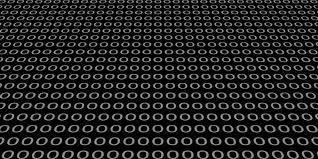
Can any mathematicians out there tell me if I got this right?
By the way, yes, Google was named for googol, to evoke the vastness of the information accessible. But they inadvertently (?) got the spelling wrong!
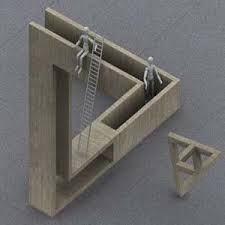
Not a simple question. So I answered, “possibly.”
“Well,” she said, “if I’m eight now, then I’ll be a googol and eight.”
Now there’s an optimist for you.
* In fairness, Cole later does discuss non-Euclidean geometry.
** I’m not using superscripts because I don’t know how WordPress will display them on your screen.
